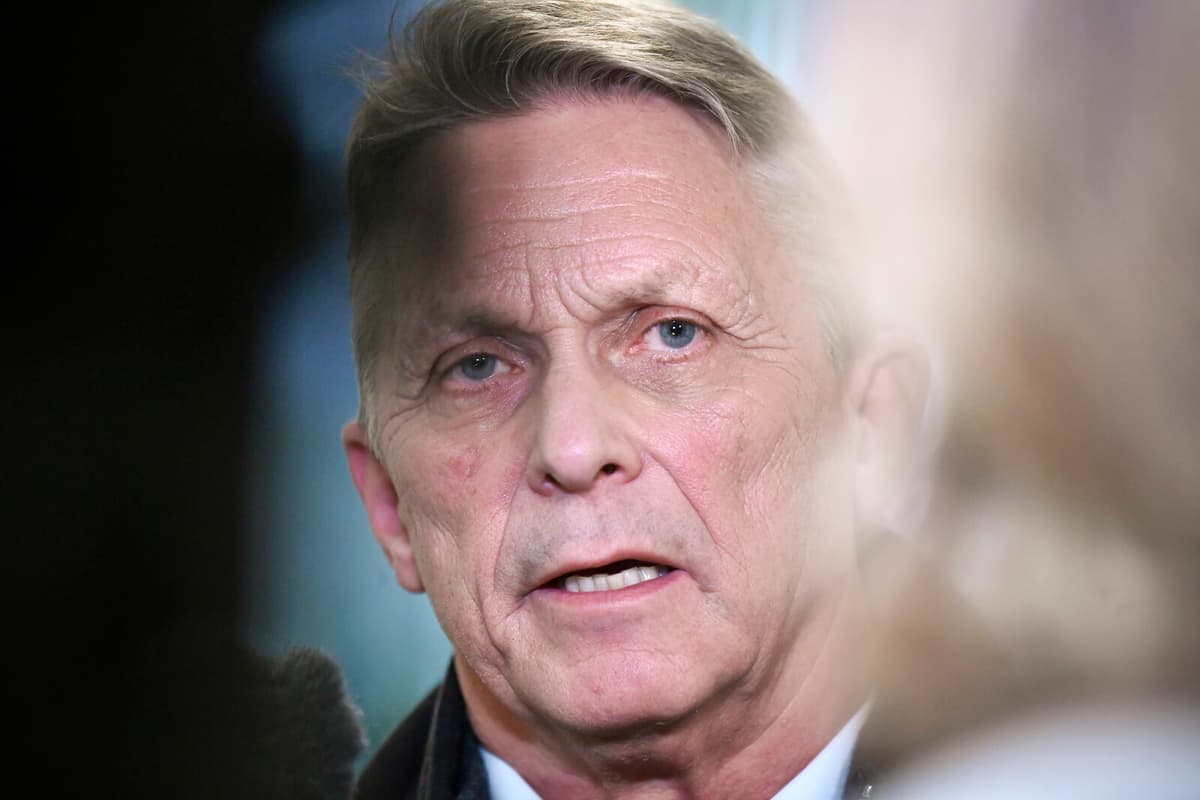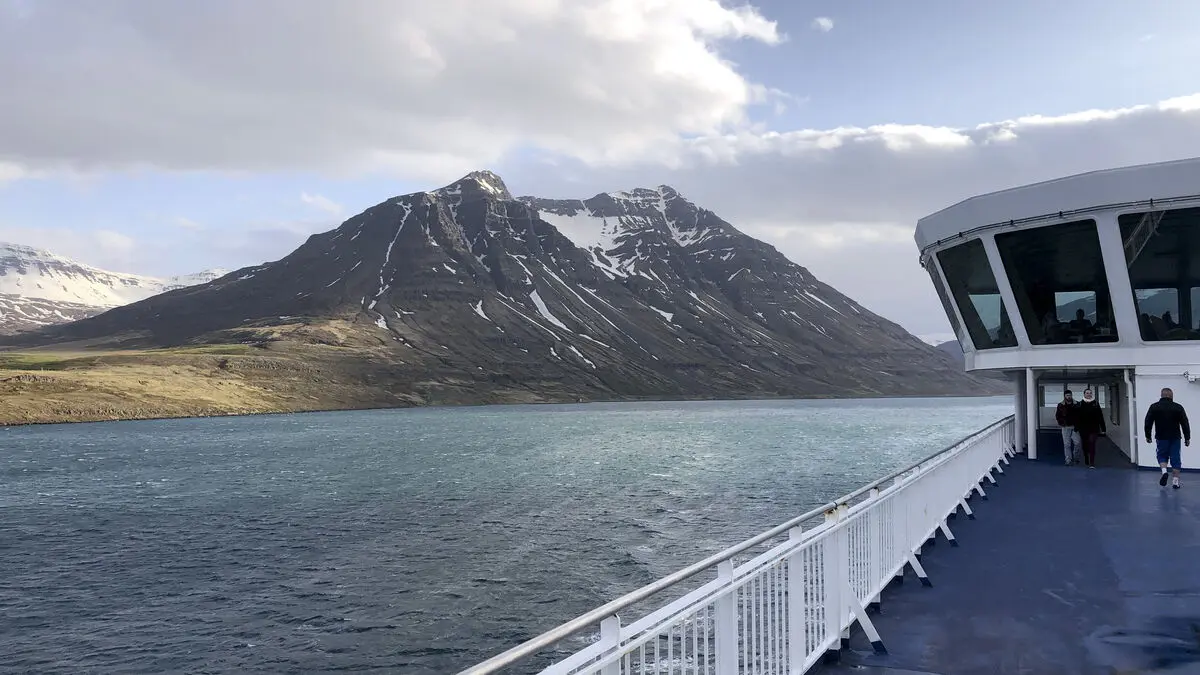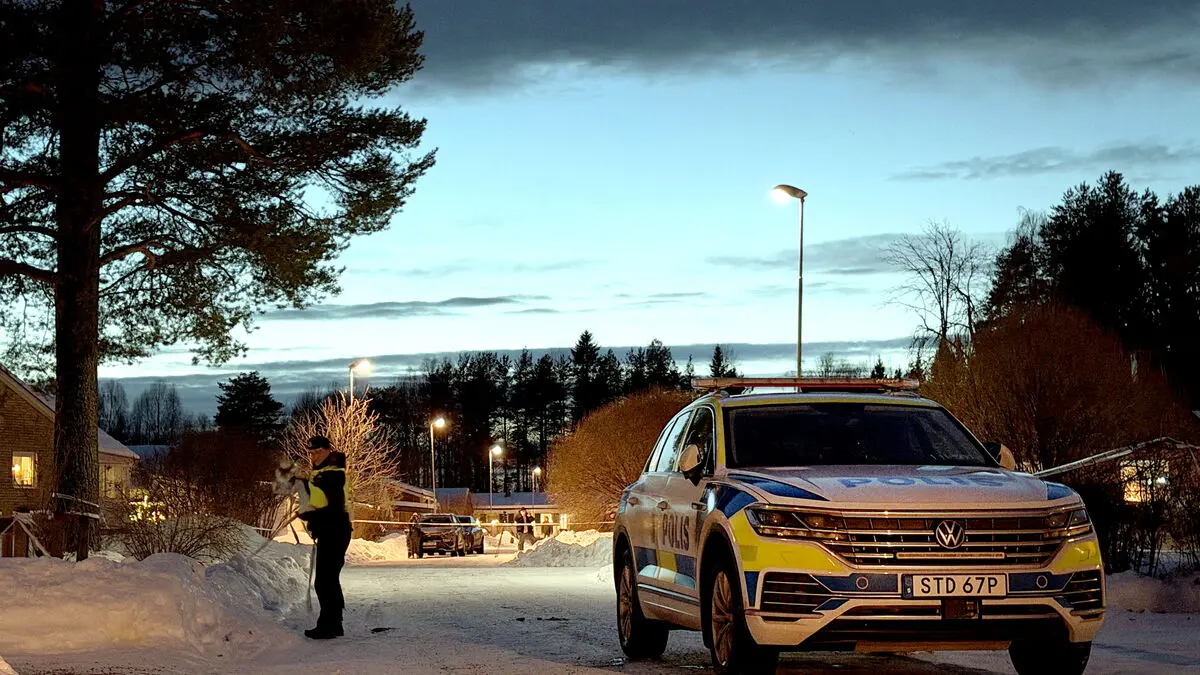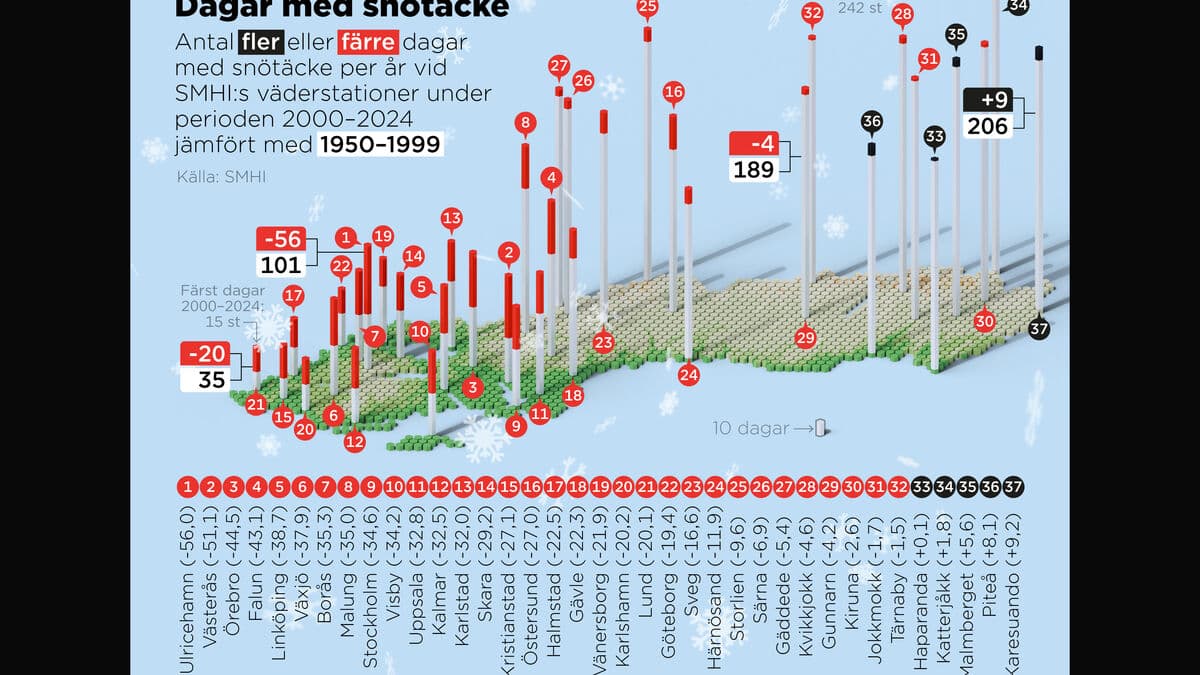One of the main problems last winter, when 11,000 departures were cancelled in December and January, was, according to Olsson, that it took a long time to notify the trains.
It's beyond our control. I know that SJ had major problems with it and apologized, he says.
Speeding up the notification process is also part of SJ's improvement work ahead of this winter.
"Eats snow"
The Swedish Transport Administration has agreements with train operators that no trains should run if it's expected to be 35 degrees below zero. Trains should not be sent out if they risk not arriving due to the weather.
The worst combination you can encounter in train traffic is strong winds combined with wet snow that freezes, says Bengt Olsson.
The Swedish Transport Administration has machines that "eat snow", i.e., they pick it up and melt it. The problem is knowing where to place the machines, since weather conditions can be very local.
When it comes to the weather, it's about guessing as correctly as possible, says Bengt Olsson.
"Completely different game plans"
The Swedish Transport Administration therefore has multiple consultations with SMHI per day.
Will people be able to rely on the trains this winter?
It looks better than it has in a long time. Several of the railway companies are better prepared this year than last year.
The big deciding factor will be what kind of winter we get. A beautiful winter with snowflakes gently falling is no problem, then we can handle a lot of snow. But if it's strong winds and between zero and five degrees below zero, it's not fun. It's completely different game plans.





